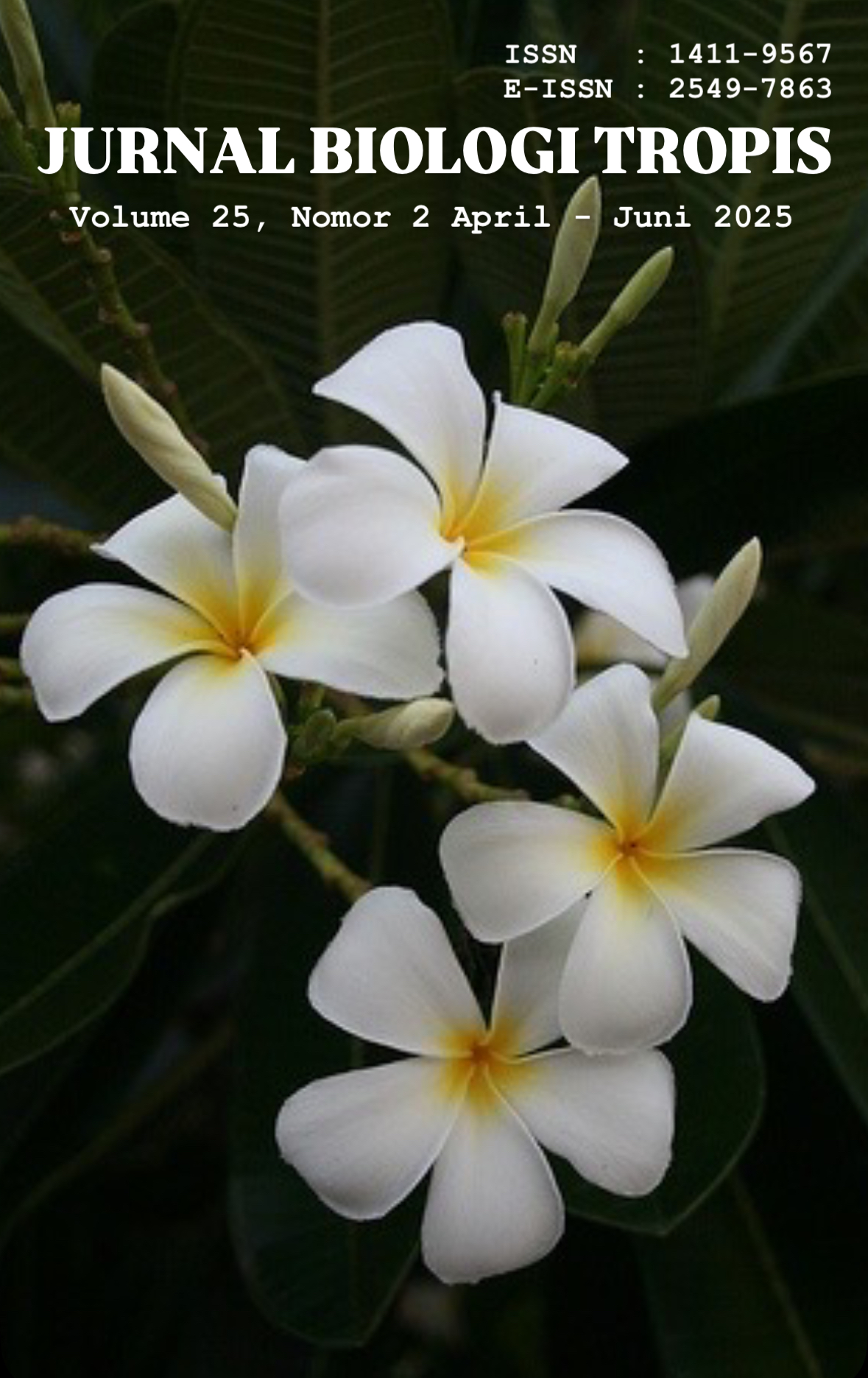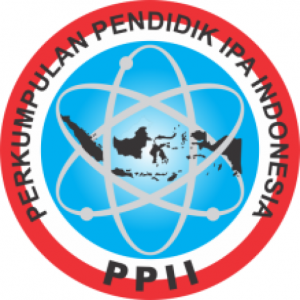Efusi Pleura: Literature Review
Authors
Dita Supriantarini , Fiza AfifahDOI:
10.29303/jbt.v25i2.8948Published:
2025-05-05Issue:
Vol. 25 No. 2 (2025): April-JuniKeywords:
Anamnesis, pleural effusion, physical examination.Articles
Downloads
How to Cite
Downloads
Metrics
Abstract
Pleural effusion is an abnormal accumulation of fluid in the pleural space, which is the thin cavity between the pleural layers that surround the lungs. Globally, around 1.5 million patients are diagnosed each year, with the main causes being congestive heart failure, malignancy, and infection. The purpose of this article is to determine pleural effusion: a literature study. The method used is a literature review using several database journals taken from Google Scholar. Relevant keywords related to the title of the article are used in the search strategy. The results of the literature study obtained that pleural effusion is classified into transudate and exudate. The diagnosis of pleural effusion is made through anamnesis and physical examination. In addition, there are supporting examinations consisting of chest x-ray, chest ultrasound, chest CT scan, and pleural fluid analysis. Management in dealing with pleural effusion through pleural puncture (thoracentesis), thoracoscopy, conservative management (if the fluid is small), installation of water seal drainage, pleurodesis, complications and prognosis. In conclusion, pleural effusion can be diagnosed in 2 ways and by carrying out other supporting examinations.
References
Arnold, D. T., Read, L., Waddington, O., Hamilton, F. W., Patole, S., Hughes, J., ... & MacGowan, A. (2024). Antibiotic pharmacokinetics in infected pleural effusions. thorax, 79(9), 883-885.
Asciak, R., Bedawi, E. O., Bhatnagar, R., Clive, A. O., Hassan, M., Lloyd, H., ... & Rahman, N. M. (2023). British thoracic society clinical statement on pleural procedures. Thorax, 78(Suppl 3), s43-s68.
Cain, N. (2022). Chest X-Ray and Chest CT. The Radiology Survival Kit: What You Need to Know for USMLE and the Clinics, 35-93.
Cashen, K., & Petersen, T. L. (2017). Pleural effusions and pneumothoraces. Pediatrics in Review, 38(4), 170-181.
Garske, L., & Tobin, C. (2018). Pleural procedures. Essentials of Clinical Pulmonology, 174-192.
Harding, W. C., Halawa, A. R., Aiche, M. M., Zafar, B., Ali, H. J. R., Bashoura, L., & Faiz, S. A. (2025). Pleural Effusion: Shedding Light on Pleural Disease Beyond Infection and Malignancy. Medicina, 61(3), 443.
Jany, B., & Welte, T. (2019). Pleural effusion in adults—etiology, diagnosis, and treatment. Deutsches Ärzteblatt International, 116(21), 377.
Karkhanis VS, Joshi JM. (2012). Pleural effusion: Diagnosis, treatment, and management. Open Access Emerg Med, 4:31–52.
Karpathiou, G., Péoc’h, M., Sundaralingam, A., Rahman, N., & Froudarakis, M. E. (2022). Inflammation of the pleural cavity: a review on pathogenesis, diagnosis and implications in tumor pathophysiology. Cancers, 14(6), 1415.
Kassirian, S., Hinton, S. N., Cuninghame, S., Chaudhary, R., Iansavitchene, A., Amjadi, K., ... & Mitchell, M. A. (2023). Diagnostic sensitivity of pleural fluid cytology in malignant pleural effusions: systematic review and meta-analysis. Thorax, 78(1), 32-40.
Kerper, L. E., Lynch, H. N., Zu, K., Tao, G., Utell, M. J., & Goodman, J. E. (2015). Systematic review of pleural plaques and lung function. Inhalation toxicology, 27(1), 15-44.
Krishna, R., Antoine, M. H., Alahmadi, M. H., & Rudrappa, M. (2024). Pleural effusion. In StatPearls [Internet]. StatPearls Publishing.
Paone, G., De Rose, G., Giudice, G. C., & Cappelli, S. (2018). Physiology of pleural space after pulmonary resection. Journal of Xiangya Medicine, 3(3).
PDPI. (2021). Tuberkulosis Pedoman Diagnosis dan Penatalaksanaan di Indonesia. Vol. 001, Perhimpunan Dokter Paru Indonesia. 1–78 p.
Porcel, J. M. (2018). Chest tube drainage of the pleural space: a concise review for pulmonologists. Tuberculosis and respiratory diseases, 81(2), 106-115.
Porcel, J. M., Azzopardi, M., Koegelenberg, C. F., Maldonado, F., Rahman, N. M., & Lee, Y. C. G. (2015). The diagnosis of pleural effusions. Expert review of respiratory medicine, 9(6), 801-815.
Rachana K. (2024). Pleural Effusion. StatPearls Publishing.
Ricoy, J., Rodríguez-Núñez, N., Álvarez-Dobaño, J. M., Toubes, M. E., Riveiro, V., & Valdés, L. (2019). Diaphragmatic dysfunction. Pulmonology, 25(4), 223-235.
Sandeesha, V., Kiran, C. V. R., Ushakiran, P., Sulemani, M. D., & Lakshmanakumar, N. (2020). A comparative study of serum effusion albumin gradient and Light's criteria to differentiate exudative and transudative pleural effusion. Journal of Family Medicine and Primary Care, 9(9), 4847-4852.
Shaw, J. A., Irusen, E. M., Diacon, A. H., & Koegelenberg, C. F. (2018). Pleural tuberculosis: a concise clinical review. The clinical respiratory journal, 12(5), 1779-1786.
Siagian, N., Soeroso, N. N., Bihar, S., & Ashar, T. (2024). Double-Lumen vs Small-Bore Pigtail Catheter for Pleural Effusion: Which is Superior?.
Singh, M., & Parikh, D. (2023). Pleural Effusion and Empyema. In Pediatric Surgery: Diagnosis and Management (pp. 437-445). Cham: Springer International Publishing.
Sundaralingam, A., Banka, R., & Rahman, N. M. (2021). Management of pleural infection. Pulmonary therapy, 7, 59-74.
Witte, C. L., & Witte, M. H. (2019). Pathophysiology of lymphatic insufficiency and principles of treatment. In Lymph Stasis (pp. 327-344). CRC Press.
Yalcin, N. G., Choong, C. K., & Eizenberg, N. (2013). Anatomy and pathophysiology of the pleura and pleural space. Thoracic surgery clinics, 23(1), 1-10.
Zaki, H. A., Albaroudi, B., Shaban, E. E., Shaban, A., Elgassim, M., Almarri, N. D., ... & Azad, A. M. (2024). Advancement in pleura effusion diagnosis: a systematic review and meta-analysis of point-of-care ultrasound versus radiographic thoracic imaging. The Ultrasound Journal, 16(1), 3.
License
Copyright (c) 2025 Dita Supriantarini, Fiza Afifah

This work is licensed under a Creative Commons Attribution 4.0 International License.

Jurnal Biologi Tropis is licensed under a Creative Commons Attribution 4.0 International License.
The copyright of the received article shall be assigned to the author as the owner of the paper. The intended copyright includes the right to publish the article in various forms (including reprints). The journal maintains the publishing rights to the published articles.
Authors are permitted to disseminate published articles by sharing the link/DOI of the article at the journal. Authors are allowed to use their articles for any legal purposes deemed necessary without written permission from the journal with an acknowledgment of initial publication to this journal.


























